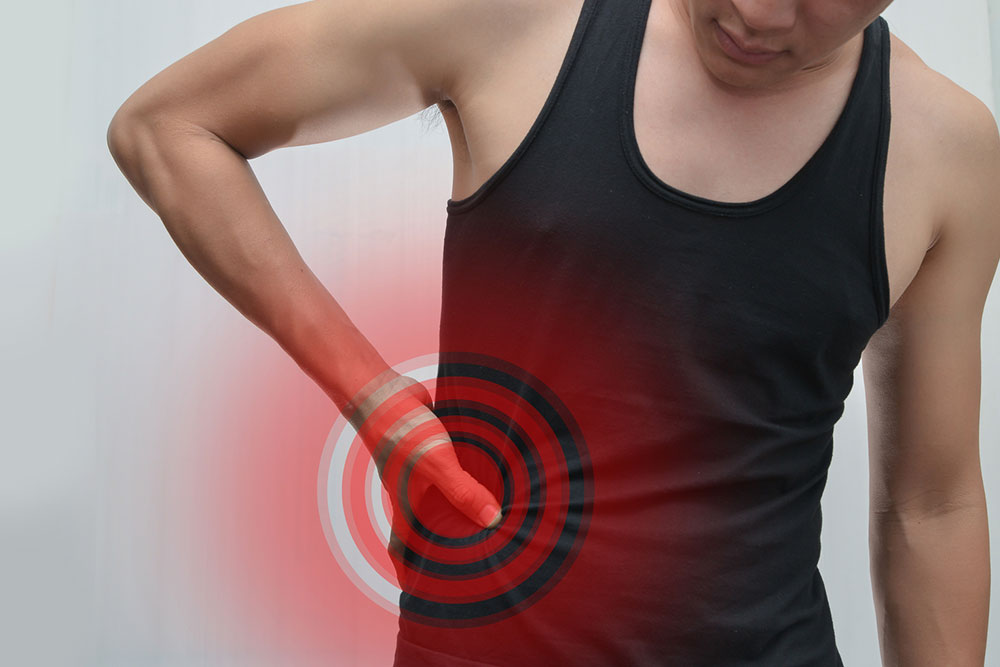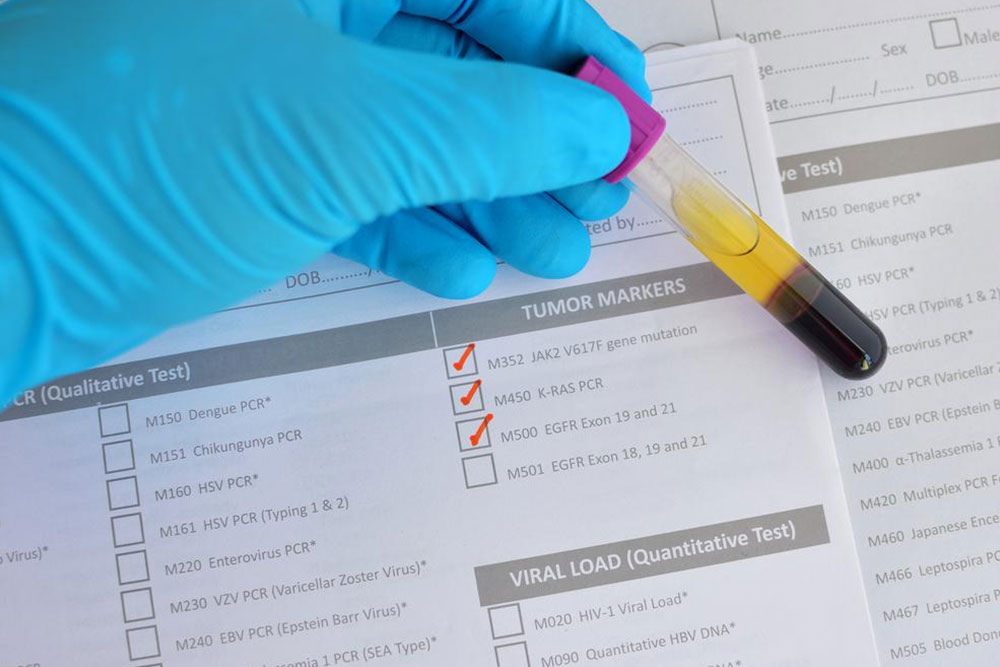Recognizing Early Indicators of Liver Damage
Early detection of liver damage is crucial for effective treatment. Recognizing symptoms like jaundice, abdominal pain, and fatigue can prevent severe liver complications. This guide highlights key signs and conditions to watch for, emphasizing the importance of prompt medical attention and maintaining liver health.

Recognizing Early Indicators of Liver Damage
Early warning signs of liver damage
The liver, located on the right side of your abdomen beneath the ribs, is the largest and most essential gland in the human body. Its core role involves producing bile, which aids in digesting fats by emulsifying lipids. The gallbladder stores this bile for later use. Additionally, the liver detoxifies harmful substances and supports digestion. Due to its vital functions, liver health is crucial; damage to this organ can significantly impact overall well-being. While liver replacement is challenging, liver dialysis may be an option in some cases.
As a vital organ supporting most body functions, the liver is susceptible to various ailments, especially infections and diseases like hepatitis (A through E), which cause liver inflammation. Chronic infections from hepatitis B and C can lead to liver cancer. Excessive alcohol intake causes conditions such as fatty liver, alcoholic hepatitis, and cirrhosis. Symptoms of liver damage often emerge early, serving as warnings for possible serious issues. Recognizing signs like nausea, abdominal pain, jaundice, and swelling can alert you to liver problems before they worsen.
Common symptoms indicating liver trouble include nausea or vomiting, fatigue, weight loss, and right upper abdominal pain caused by the stretching of liver capsules. Jaundice, where skin turns yellow due to bilirubin buildup, is a prevalent sign. Some conditions like Gilbert’s disease show only minor bilirubin increases. As damage progresses, signs such as easy bruising, hormonal imbalances in men, confusion from toxin buildup, muscle loss, and symptoms of advanced cirrhosis may appear. Recognizing these early symptoms allows for timely intervention, potentially preventing severe liver disease.
Although liver disease develops gradually, early symptoms often act as warning signals. Yellowing skin, pale stools, abdominal pain, and swelling are critical indicators. Being aware of these signs helps in seeking early medical advice to manage liver health effectively.










